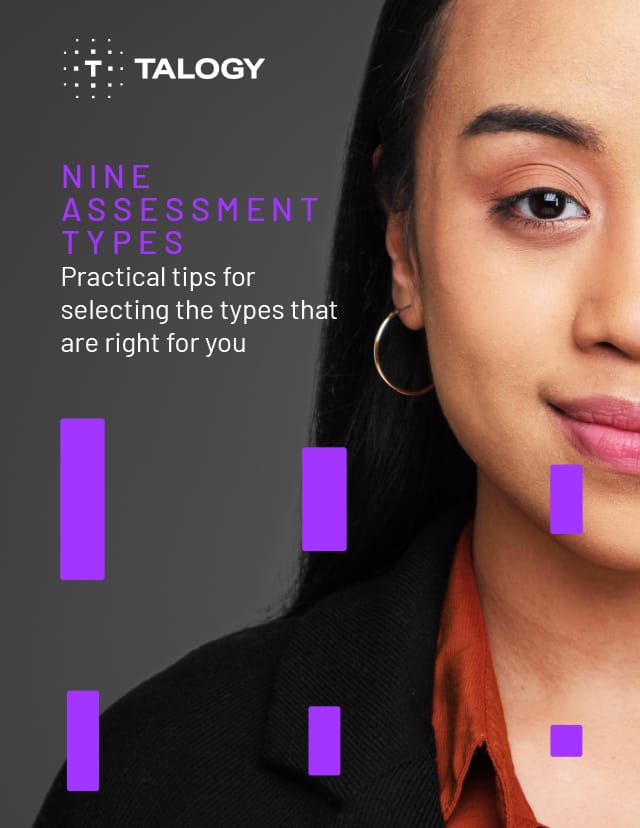Written by Trevor McGlochlin, Research Consultant
Previously published by PSI Talent Management or Cubiks, prior to becoming Talogy.
The financial services industry has seen big changes in hiring trends within the last few years. With new technology and unemployment rates decreasing, human resources departments are seeking solutions for complex hiring challenges. While specific details may differ from job to job within the finance world, there are some common trends that warrant serious attention and devoted preparation.
1. Low employment rates and shortage of finance talent
This trend is a huge concern for many organizations in the financial service industry. According to the US Bureau of Labor Statistics, the following financial positions have a solid job outlook over the next eight years. (For reference, the average unemployment rate for all occupations is 5%. This amplifies the potential for bigger battles for top talent.)
- Accountants and Auditors: 6%
- Financial Analysts: 6%
- Loan Officers: 8%
- Personal Financial Advisers: 7%
- Financial Examiners: 7%
Research from the Hays UK Salary & Recruiting Trends show that many organisations are acknowledging this issue.
With this information, this trend is not going to go away anytime soon. Therefore, human resources departments need to make their organisations more attractive to top talent. However, this doesn’t mean that high quality screening, online testing, and structured interviews should be sacrificed in the process. These steps are still important for obtaining good organisational fits and reducing potential turnover.
2. The utilisation of artificial intelligence
Artificial Intelligence (AI) is taking the business world by storm. Most organisations that are looking to keep up with this innovative trend are either planning to incorporate AI in their hiring processes in some way, or they already do. Many financial organisations are devoting budget towards AI training for employees, including machine learning and data camps to learn programmes such as R, Python and SQL. AI can make it much easier to gather data, assess that data, and to automate other processes, freeing up the humans to devote more time to high-priority projects.
Chatbots can also be used to make the hiring process much faster. When organisations make AI a top priority, it will also show top talent that they are focused on innovation, therefore making them more attractive to applicants. The challenge from trend #1 can be addressed, at least partially, with incorporating innovative AI technologies in the hiring process.
3. Cyber-security talent is a top priority
This might be the most obvious trend in finance. The point being, if you are in the money business, you are also in the security business. Cyber security is no different. With online banking, online transactions, and everything monetary being done online, cyber security is becoming a vital component to all organisations, especially those in the financial industry.
However, trend number one, the talent gap challenge, also comes into play here. An article on Modern Hire reports, “To combat cyber attacks, financial services firms aim to ramp up data security, but their recruiters contend with an enormous talent gap. One estimate puts the gap at 3.5 million unfilled cyber-security positions globally by 2021.”
The good news is that HR hiring experts like PSI are working hard to develop innovative new online hiring assessments that will help recruit the best talent while providing candidates a great user experience. This will help build a strong reputation that will attract candidates for years to come.


